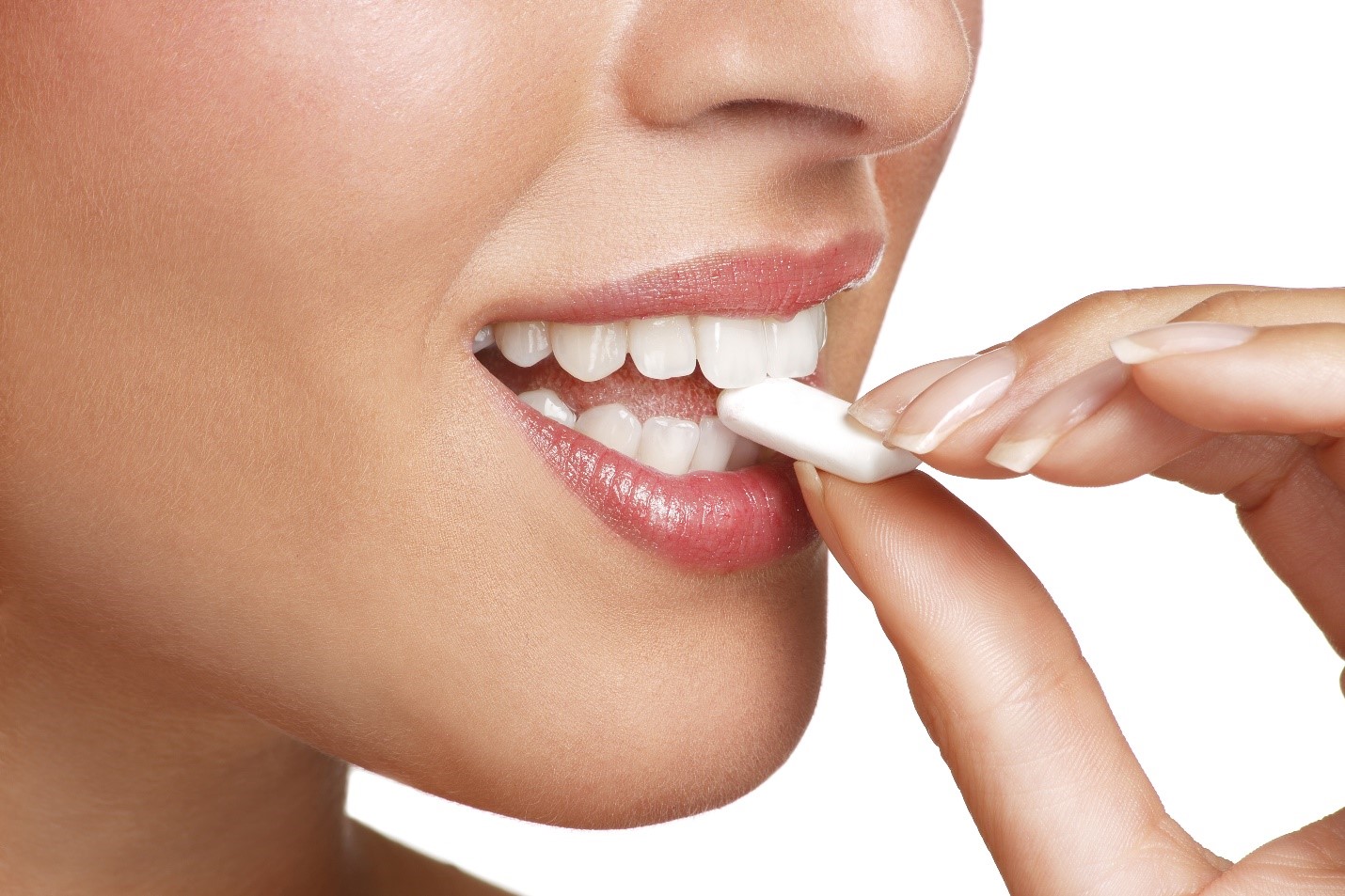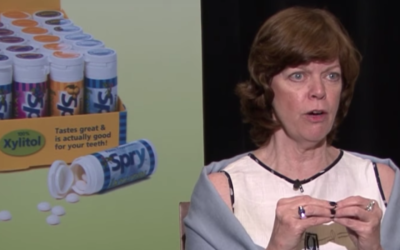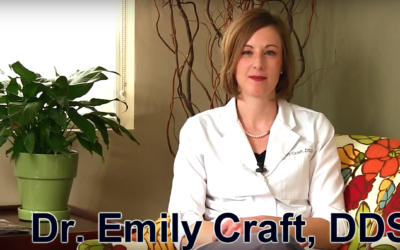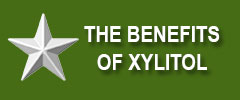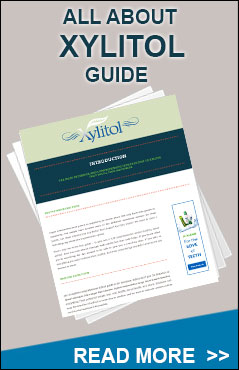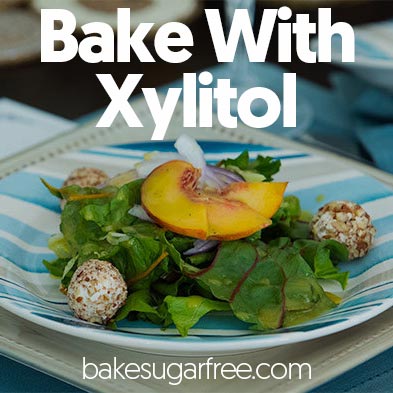Did you know that the ingredients in your chewing gum may be more dangerous than any of the ingredients in the food you chew and swallow? Most of the chewing gum options you’ll find in a grocery store or at a gas station contain more than 1 ingredient that has been linked to serious diseases like Alzheimer’s and cancer.
Here are the top 5 ingredients you need to avoid in chewing gum:
Aspartame
The popular artificial sweetener aspartame is still found in 85% of all chewing gum. When metabolized by your body, aspartame turns into both wood alcohol which is a poison and formaldehyde (also known as embalming fluid) which is a carcinogen. Aspartame is the #1 culprit of adverse reactions to additives. It is linked to almost 100 symptoms and conditions including Alzheimer’s, birth defects, cancer, weight gain, and brain tumors.
BHT (Butylated Hydroxytoluene)
In many other countries BHT has already been banned from consumption because it is so toxic! Unfortunately, in the U.S. it is commonly used as a preservative in processed foods including chewing gum. BHT is currently known to be linked to hyperactivity in children, organ system toxicity (including liver and kidney damage), and it is currently being studied as a possible carcinogen.
Calcium Casein Peptone (Calcium Phosphate)
This particular ingredient is found in popular sugar free gum brands and is used as a texturizer or whitening agent. CCP is an over processed derivative of milk. Currently there is little scientific data on long-term ingestion; however CCP was linked to Chinese baby formula poisonings.
Acesulfame K (Acesulfame Potassium)
Acesulfame K is another synthetic sweetener. It’s a potassium salt that contains methylene chloride which is a known carcinogen. Side effects can cause impairment of the kidneys and liver, mood problems, headaches, nausea, and eyesight problems.
Titanium Dioxide
Titanium dioxide is linked to autoimmune disorders, Crohn’s disease, asthma, and is possibly carcinogenic. Often used as a coloring agent in chewing gum and candy, the largest concentration of titanium dioxide is found in chewing gum.
These ingredients of chewing gum in any concentration could cause irreversible health damage. The best way to be sure you’re chewing safely is to read the ingredients.
Chew Natural Gum Instead
Although many chewing gums are essentially toxic, there are excellent natural alternatives available on the market. Healthy gum ingredients include xylitol (known to reduce the risk of dental caries), natural flavorings, and vegetable glycerin (texture enhancer and solvent). Always be sure to read the ingredients before you chew!
Selecting a xylitol chewing gum will not only give you peace of mind that you’ve selected a healthy, natural product, but it will actually give you bonus dental benefits. We all know chewing gum helps your mouth produce saliva, but xylitol helps keep the natural pH balance of the mouth, creating an unfriendly environment for bacteria. Chewing xylitol gum also allows the xylitol to create a protective barrier on the teeth, making it difficult for the bacteria to stick to the teeth, allowing a decrease in plaque buildup.
Likely the easiest way to avoid all of the dangerous stuff is to get gum that has xylitol as the first ingredient in the list of ingredients that is on all food labels in the U.S. Because xylitol is more expensive than corn syrup this gum may cost more, but it is worth it, and because most of these gums are sold through health food stores they will not have the harmful additives.
Learn more about the dental benefits of xylitol chewing gum.
Related Articles
Dr. Doyle Williams on Fluoride and Xylitol
I'll give you two interesting statistics: one is from the United States, which we hold up almost as the gold standard of care. We think that everybody comes to the US for the best health care, and we know that three out of four of our children - by the...
Trisha O’Hehir, RDH Easily Explains How Xylitol Works
Trisha O’Hehir, RDH spoke about a fairly new way that xylitol works to reduce infectious diseases in the mouth and airway at a recent dental conference. Trisha is one of the people who cleans your teeth when you go to the dentist. Some, hopefully few,...
Emily Craft, DDS on Dental Benefits of Xylitol Gum
Dr. Emily Craft, DDS recorded a video about xylitol and dental health. Read on for a summary of her thoughts. Xylitol is a naturally occurring sugar that you find in a lot of fibrous plants, fruits, and vegetables. Believe it or not, this sugar has a...
Sweet Treats for Dental Health
Sweet treats can get you into trouble. We all know this, and our dentists like to remind us each time we visit and have to get a cavity filled. But there’s finally a way to enjoy your sweet treats and not get your teeth in trouble. Xylitol...
Dental Benefits of Xylitol
We visit the dentist because we care about our oral health. Our smiles are one of the first things people notice about us, so we want them to be healthy and bright. What if you could reduce the risk of cavities by up to 80 percent? What if you could have...
Xylitol Product Spotlight: Spry Xylitol Mints
Spry mints with xylitol are a great way to refresh your mouth between brushing. They are sweetened with 100% xylitol, no other sweeteners. Each mint has a half-gram of xylitol. Xylitol is a sweetener that occurs naturally in plant fibers. It tastes like...

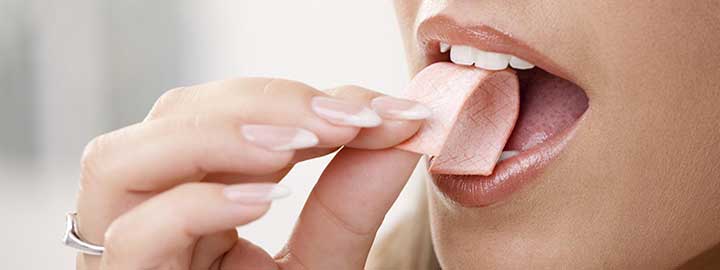
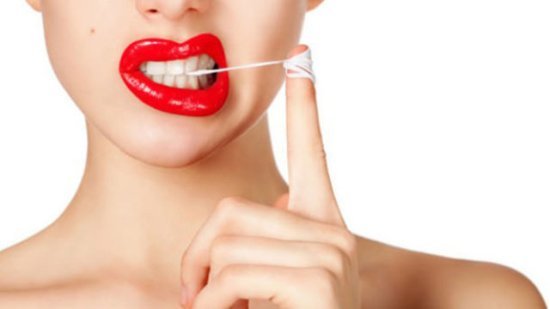

![Closeup detail of woman putting pink chewing gum into her mouth. Click here for more images: [url=my_lightbox_contents.php?lightboxID=5544150][img]http://www.nitorphoto.com/istocklightbox/bobe.jpg[/img][/url] [url=my_lightbox_contents.php?lightboxID=5544143][img]http://www.nitorphoto.com/istocklightbox/students.jpg[/img][/url] [url=my_lightbox_contents.php?lightboxID=6990900][img]http://www.nitorphoto.com/istocklightbox/handsfeet.jpg[/img][/url]](https://xylitol.org/wp-content/uploads/2017/07/chewing-gum-dangers-calcium-phosphate.jpg)


